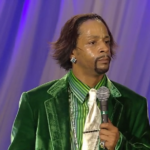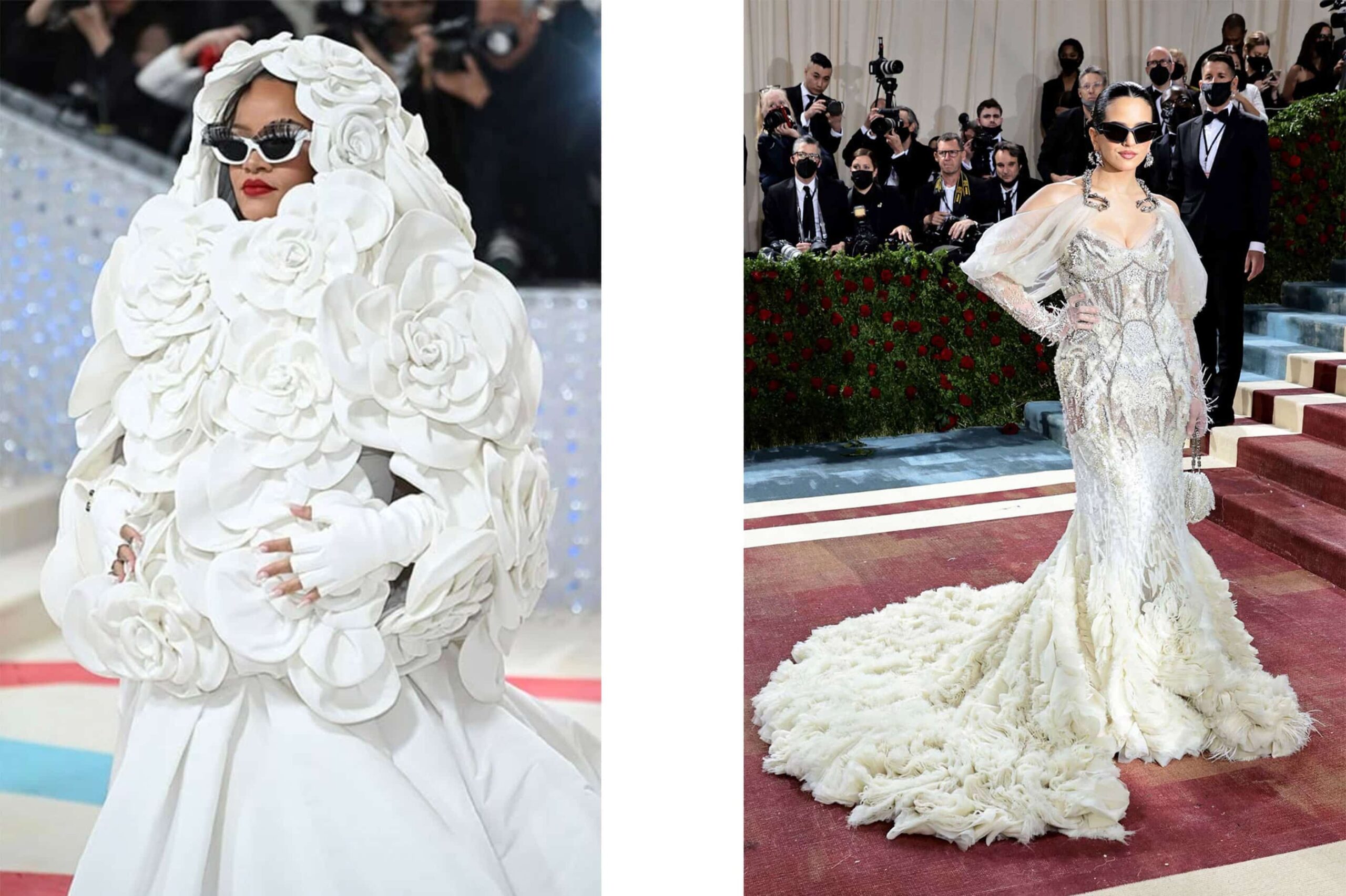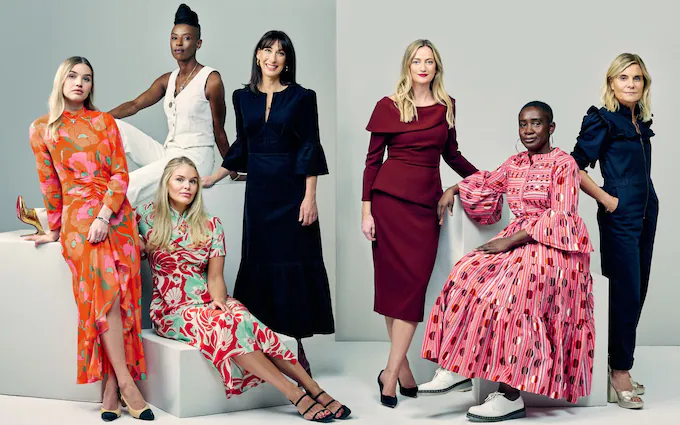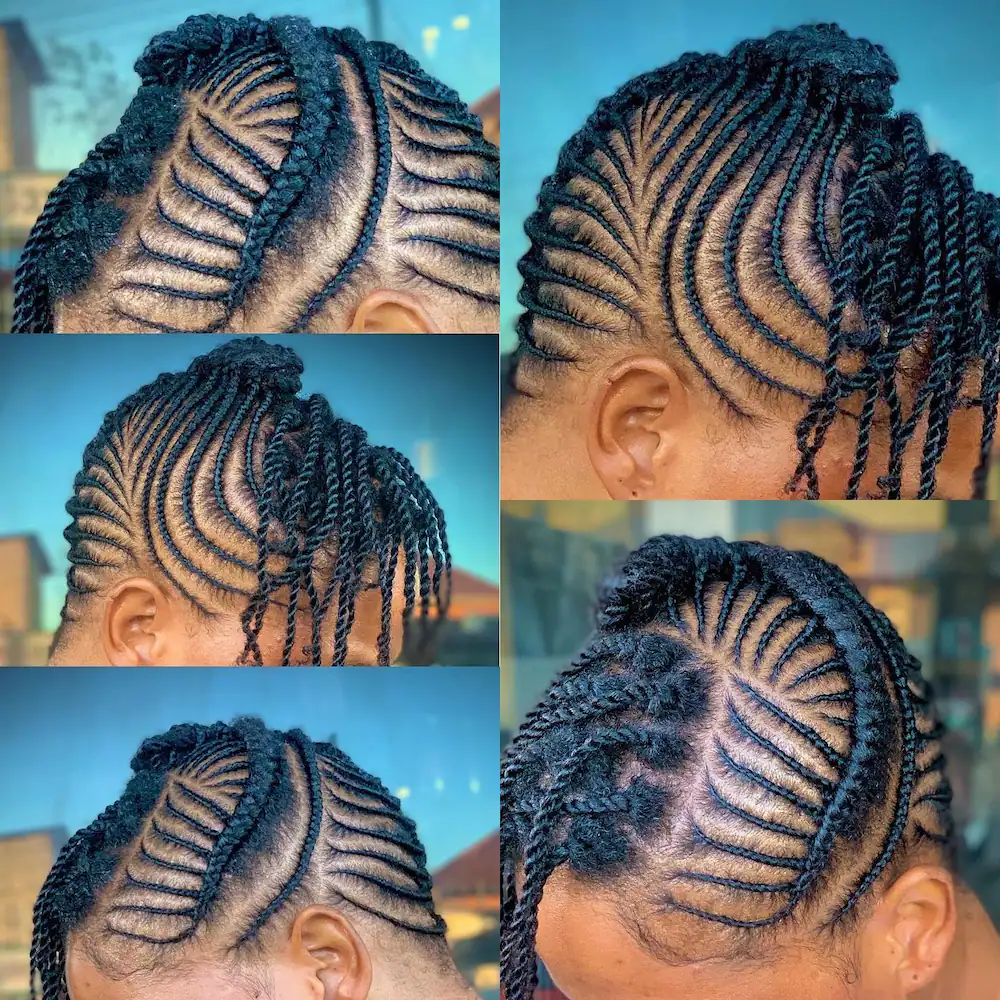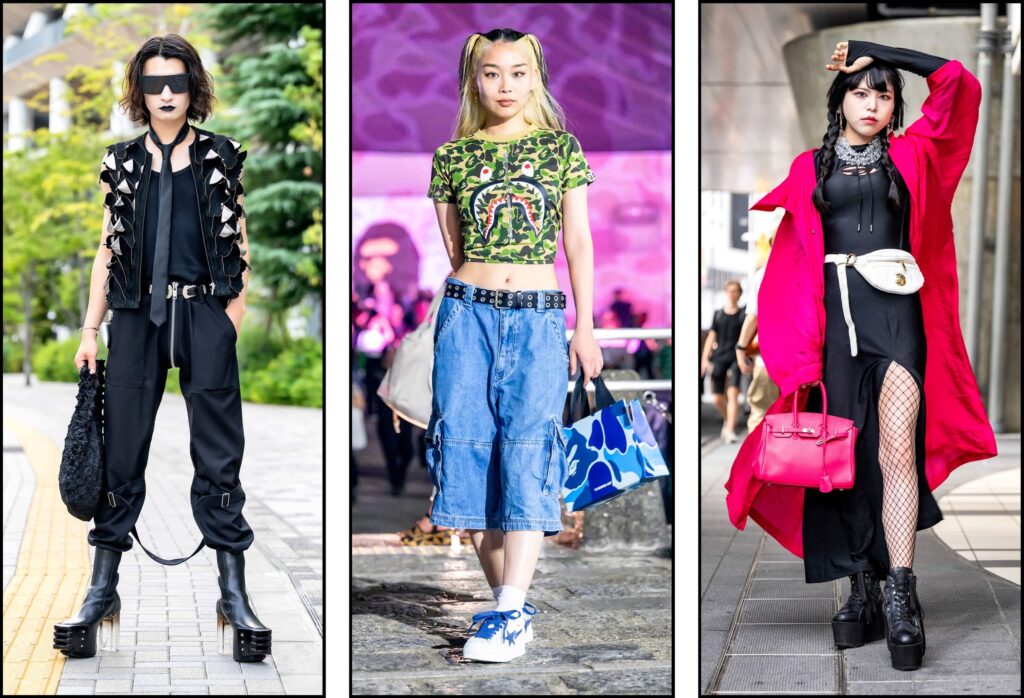
Japanese Street Fashion
Japanese street fashion is a dynamic and ever-evolving cultural phenomenon that has captivated the world with its eclectic mix of styles, creativity, and fearless self-expression. From the bustling streets of Harajuku to the fashion-forward districts of Tokyo, Japanese street fashion is a melting pot of diverse influences, drawing inspiration from traditional Japanese aesthetics, global pop culture, and avant-garde design. In this article, we will delve into the fascinating world of Japanese street fashion, exploring its roots, evolution, and the key subcultures that have shaped this unique sartorial landscape.
A Historical Glimpse:
The origins of Japanese street fashion can be traced back to the post-World War II era when the country experienced a surge of Western influence. The youth, inspired by American and European styles, began to experiment with fashion as a form of rebellion and self-expression. However, it was during the 1970s and 1980s that Japanese street fashion truly began to take shape. The emergence of subcultures like the “Visual Kei” movement, characterized by elaborate androgynous looks, laid the foundation for the eclectic fashion scene we witness today.
Harajuku: The Epicenter of Creativity:
When discussing Japanese street fashion, one cannot ignore the iconic district of Harajuku in Tokyo. Renowned for its vibrant and eclectic street style, Harajuku has become a global hub for fashion enthusiasts and trendsetters alike. Takeshita Street, at the heart of Harajuku, is a bustling alley lined with a plethora of independent boutiques, vintage stores, and quirky fashion outlets. It is here that the avant-garde and eccentric fashion trends are born and celebrated.
Key Subcultures:
Japanese street fashion is a tapestry woven with various subcultures, each contributing its unique thread to the overall narrative. Let’s explore some of the prominent subcultures that have left an indelible mark on the fashion landscape:
Gyaru:
Originating in the 1970s, Gyaru fashion is characterized by its glamorous and feminine aesthetic. The style often includes bold makeup, tanned skin, and extravagant hairstyles. Gyaru fashion has evolved over the years, with subcategories like Hime Gyaru (princess style) and Kuro Gyaru (dark style) offering diverse interpretations of the trend.
Lolita:
Inspired by Victorian and Rococo fashion, Lolita fashion is a whimsical and doll-like style that embraces modesty and elegance. Layers of petticoats, parasols, and delicate accessories are key elements of this subculture, which has gained a global following.
Visual Kei:
With its roots in the 1980s rock music scene, Visual Kei fashion is an androgynous and theatrical style that blurs gender boundaries. Elaborate hairstyles, bold makeup, and avant-garde clothing are hallmarks of this subculture, which has influenced not only fashion but also music and art.
Decora:
Known for its maximalist approach, Decora fashion is a riot of colors and accessories. Participants in this subculture adorn themselves with an abundance of accessories, including bows, stickers, and toys, creating a playful and childlike aesthetic.
Evolution and Global Impact:
Japanese street fashion is not confined to the streets of Tokyo; it has permeated global fashion consciousness. Influential designers, such as Rei Kawakubo of Comme des Garçons and Yohji Yamamoto, have propelled Japanese fashion onto the international stage with their avant-garde and innovative designs. The global popularity of Japanese street fashion can also be attributed to social media platforms, where fashion enthusiasts worldwide share and celebrate this unique cultural expression.
Challenges and Criticisms:
While Japanese street fashion is celebrated for its creativity and diversity, it is not without its challenges. Critics argue that certain subcultures perpetuate unrealistic beauty standards and can be exclusionary. Additionally, the commercialization of these subcultures has led to concerns about authenticity and cultural appropriation.
Conclusion
Japanese street fashion is a vibrant and ever-evolving cultural phenomenon that continues to captivate the world with its creativity, diversity, and fearless self-expression. From the eclectic streets of Harajuku to the global runways, Japanese fashion has left an indelible mark on the industry. As the landscape continues to evolve, one thing remains constant – the spirit of innovation and the celebration of individuality that defines Japanese street fashion.


